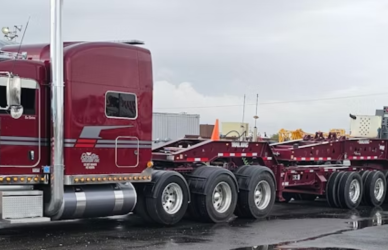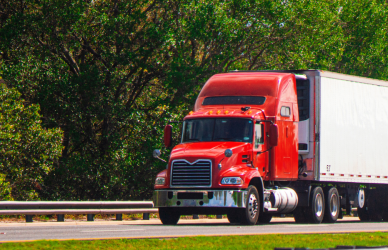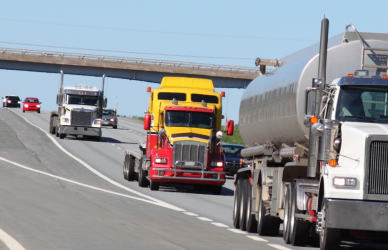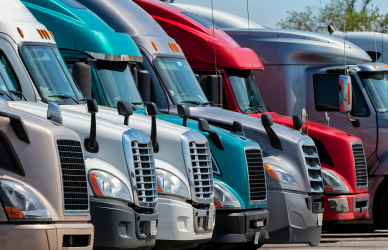The current administration has chosen a 16-year plan to deploy battery-charging and hydrogen-refueling stations for electric trucks, initially focusing on 12,000 miles of freight-heavy interstates and major container ports. This effort is part of the National Zero-Emission Freight Corridor Strategy, revealed on Tuesday in four phases. The strategy targets local and regional “return-to-base” trucking operations, first- and last-mile delivery, and port drayage in its initial stages while gradually accommodating long-haul trucking.
A central objective of the strategy “is to meet freight truck and technology markets where they are today, determine where they are likely to develop next, and set an ambitious pathway that mobilizes actions to achieve decarbonization,” according to the Federal Highway Administration (FWHA).
In conjunction with the charging strategy, the Federal Highway Administration announced the designation of the agency’s National Highway Freight Network (NHFN), along with roadways in several states, as the National EV Freight Corridors network. This national strategy and corridors network aligns with the administration’s ambitious goal to promote at least 30% zero-emission medium- and heavy-duty truck sales by 2030 and 100% by 2040.
“Medium- and heavy-duty trucks in our current freight network contribute approximately 23% of greenhouse gas emissions in the U.S. transportation sector,” said Shailen Bhatt, FHWA administrator. “These new designations and strategy will help to grow our national EV charging network, encourage clean commerce within the freight community, and support President Biden’s goals of achieving net-zero emissions for the nation by 2050.”
The strategy aims to accelerate the adoption of battery-electric and fuel-cell electric trucks. It unfolds in four phases, starting with the establishment of priority hubs based on freight volumes (2024-2027) and connecting hubs along critical freight corridors (2027-2030). The subsequent phases involve expanding corridor connections to initiate network development (2030-2035) and achieving full access to the national network by linking regional corridors (2035-2040).
Phase 1 targets 12,000 miles of interstate (23% of the NHFN), including Interstates 5, 10, 25, 75, 80, 95, and the Texas Triangle, including Interstates 10, 45, and 35. Zero-emission truck hubs in Phase 1 also include 100-mile “freight ecosystems” centered around major container ports, such as the Ports of Los Angeles and Long Beach, the Port Authority of New York and New Jersey, the Ports of Seattle and Tacoma, Washington, the Port of Miami, the Houston Port Authority, and the Port of Savannah, Georgia.
For Phase 2, “non-tractor-trailer truck (e.g., Class 4-6 straight delivery trucks) activity likely remains battery-EV-dominant, with early introduction of hydrogen fuel cell electric truck technology for longer-distance travel,” according to the strategy. “Operations expand with increased regional goods distribution (e.g., port drayage) and initial deployments of long-haul transportation.”
In Phase 4, the strategy expands from intermodal hubs and port facilities to include truck parking facilities, “which will increasingly service [zero-emission trucks] across all use cases,” according to the strategy statement.
“A fully integrated transportation energy system will be essential to supporting use cases across all vehicle classes and duty cycles, allowing for local, regional, and long-haul transportation of goods and services,” according to the statement.
Source: Freightwaves











